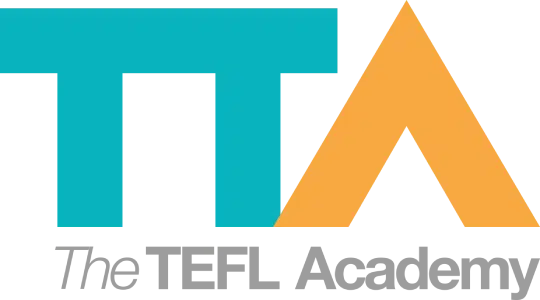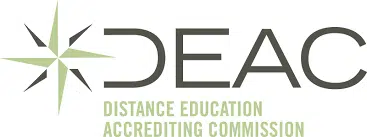The Magic Of Daily Classroom Routines For Young Learners
Join a global community of over 200,000 TEFL teachers working throughout the world! Enrol me!
What do you get when you combine five simple steps, a stuffed octopus, and a classroom full of energetic kids? A daily classroom routine for Young Learnersthat actually works!
And if you’re wondering why a classroom routine is important, we’ve got you covered!
Lauren, a seasoned ESL teacher based in Spain, swears by structure, movement, and repeated exposure to meaningful language to teach her learners English.
Today she’s walking us through her go-to classroom routine filled with tricks to boost engagement, build language naturally, and keep learners coming back for more.
Looking to refresh your teaching toolbox? Follow Lauren’s five simple steps for daily success with classroom routines.
The 5-step daily routine
Lauren tells us that repetition is key. This is why her daily classroom routine with her Young Learners is a great way to practise language.
Lauren: At the start of each lesson, the students greet me and each other. It’s a proud moment when each student responds differently to the question, ‘How are you?’
Then we’ll complete the daily classroom routine activities, which are divided into 5 stages. It might seem like a lot to begin with, but I introduce the stages one at a time.
After a while, learners can complete all of the stages within about 10 minutes.
Let’s take a closer look at Lauren’s 5-stage plan.
1. The daily calendar
We review question words, the days of the week, dates, months, seasons and the weather.
Each student answers a different question and gets up to put one of the magnetic pieces in the right place on the calendar, to add some movement.
With older students, I also ask questions about the previous and next day/week/month, etc. It’s a nice way of getting them used to the past tense and future tenses way before most course books even think about including them.
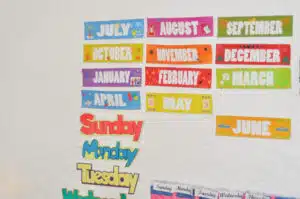
2. How many…?
I usually ask students some ‘How many…?’ questions using things around the classroom.
Examples:
- How many students are there?
- How many teachers are there?
- How many elephants are there?
- How many books are there?
Always including a couple of questions where the answer is:
- Lots. / There are lots of…
- None. / There aren’t any…
3. Where is the octopus?
I have a little stuffed toy octopus which we use to practise prepositions of place.
Place the octopus in different places around the classroom and ask students where it is.
This is great for reviewing classroom items. The kids love it because whoever answers the first question can put the octopus in a different place and ask their classmates the question.

4. Who’s wearing…?
Ask the students different questions about what they are wearing.
For example, ‘Who’s wearing a green jumper?’
Always make sure each student is included and that there are some questions where the answer is ‘no one’ and ‘everyone’.
The kids love it because it’s personalised.
It teaches them an incredible amount of adjectives and a much wider range of vocabulary for clothing than appears in most Young Learner coursebooks.
Read more: Vocabulary Learning Techniques For Young Learners
5. Sit down! Stand Up! Turn Around!
I don’t always do this as it depends on what activity we’ll be doing after the daily classroom routines.
If I think the kids need to move about a bit, I’ll give them a series of instructions.
The quicker you give the instructions, the more they enjoy it!
Again, they can learn a lot of useful language this way, without it ever feeling like a chore.
If I have the same students the following year, they are the teachers! They can take it in turns to be either Teacher 1, 2, 3, 4 or 5 and ask questions or give instructions for that stage.
They also get to practise asking questions while you do the register and sit in the backseat for that part of the lesson.
Read more: How To Keep Young Learners Interested
Routine tweaks for older primary students
For older primary school students, I do something similar, but usually skip stages 3 and 5.
They usually answer the questions in pairs or teams, and they have to answer in full sentences to get a point.
Each team gets a buzzer that makes a different sound. The first team to press the buzzer and give the correct answer wins a point.
The buzzer set was one of the best investments I’ve made as a teacher. Even the most seemingly boring topics are more engaging when you turn them into a buzzer quiz!
Read more: Tips For Making ESL Quizzes
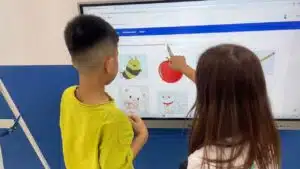
Other routine-related classroom management
A good routine is only part of the puzzle. Clear boundaries and consistent expectations are key to keeping things fun and functional.
The most important thing for me is having a solid routine and setting boundaries from the very first class.
Set boundaries
Set clear boundaries, explain the reasoning behind your rules if necessary and the consequences for misbehaviour. Be consistent in enforcing your rules.
Once the children understand the expectations, your classes will run a lot more smoothly and will be far more fun.
Use a star chart
I have a star chart to manage classroom behaviour. Students can choose between a star or a smiley face at the end of the class if they’ve worked well. This is always tied to effort and behaviour, not how many questions they’ve answered correctly or anything like that.
If they haven’t behaved well, they get a sad face. If they get a couple of sad faces in a row, I speak to their parents. But the students always know why and always receive warnings first, so that they have the chance to improve their behaviour.
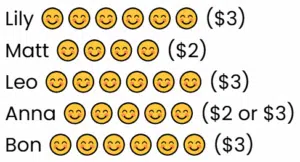
Build movement into every lesson
I also make sure that there is a lot of movement in classes. Young Learners aren’t made to sit still for long.
I set up my classroom into different zones: a space for stories, a space for coursebook work, and a space for singing and dancing and more active games.
Just moving between them helps with transitioning between tasks and prevents them from getting fidgety and losing interest.
If I see that they are restless, we have a quick game of Simon Says get the wiggles out before continuing.
Get the wiggles out! IFKYK!
Read more: Learner Training For Young Learners
The takeaway
Strong routines don’t just help Young Learners feel secure; they lay the foundation for real language growth.
Whether you’re working with 5-year-olds or 10-year-olds, Lauren’s tips show how simple structures, consistent expectations, and a bit of movement magic can completely transform your classroom energy.
If you’re new to working with kids, our Teaching Young Learners Online Course is a great place to start.
Accreditation & Quality Assurance
The TEFL Academy was the world’s first TEFL course provider to receive official recognition from government regulated awarding bodies in both the USA and UK. This means when you graduate you’ll hold a globally recognised Level 3 (120hr) Certificate or Level 5 (168hr) Diploma, meaning you can find work anywhere and apply for jobs immediately.
 United States
US
United States
US







